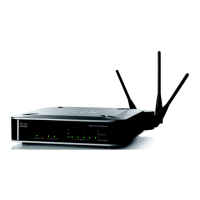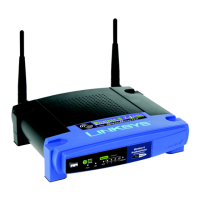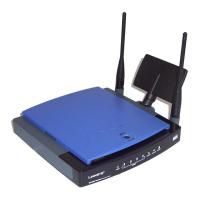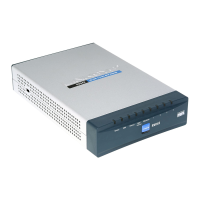16-17
Catalyst 2960 Switch Software Configuration Guide
OL-8603-04
Chapter 16 Configuring MSTP
Configuring MSTP Features
To return to the default MST region configuration, use the no spanning-tree mst configuration global
configuration command. To return to the default VLAN-to-instance map, use the no instance
instance-id [vlan vlan-range] MST configuration command. To return to the default name, use the no
name MST configuration command. To return to the default revision number, use the no revision MST
configuration command. To re-enable PVST+, use the no spanning-tree mode or the spanning-tree
mode pvst global configuration command.
This example shows how to enter MST configuration mode, map VLANs 10 to 20 to MST instance 1,
name the region region1, set the configuration revision to 1, display the pending configuration, apply
the changes, and return to global configuration mode:
Switch(config)# spanning-tree mst configuration
Switch(config-mst)# instance 1 vlan 10-20
Switch(config-mst)# name region1
Switch(config-mst)# revision 1
Switch(config-mst)# show pending
Pending MST configuration
Name [region1]
Revision 1
Instance Vlans Mapped
-------- ---------------------
0 1-9,21-4094
1 10-20
-------------------------------
Switch(config-mst)# exit
Switch(config)#
Configuring the Root Switch
The switch maintains a spanning-tree instance for the group of VLANs mapped to it. A switch ID,
consisting of the switch priority and the switch MAC address, is associated with each instance. For a
group of VLANs, the switch with the lowest switch ID becomes the root switch.
To configure a switch to become the root, use the spanning-tree mst instance-id root global
configuration command to modify the switch priority from the default value (32768) to a significantly
lower value so that the switch becomes the root switch for the specified spanning-tree instance. When
you enter this command, the switch checks the switch priorities of the root switches. Because of the
extended system ID support, the switch sets its own priority for the specified instance to 24576 if this
value will cause this switch to become the root for the specified spanning-tree instance.
If any root switch for the specified instance has a switch priority lower than 24576, the switch sets its
own priority to 4096 less than the lowest switch priority. (4096 is the value of the least-significant bit
of a 4-bit switch priority value as shown in Table 15-1 on page 15-4.)
If your network consists of switches that both do and do not support the extended system ID, it is
unlikely that the switch with the extended system ID support will become the root switch. The extended
system ID increases the switch priority value every time the VLAN number is greater than the priority
of the connected switches running older software.
Step 9
end Return to privileged EXEC mode.
Step 10
show running-config Verify your entries.
Step 11
copy running-config startup-config (Optional) Save your entries in the configuration file.
Command Purpose
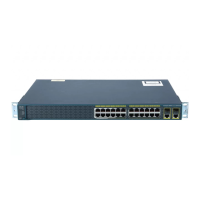
